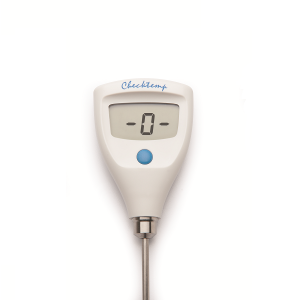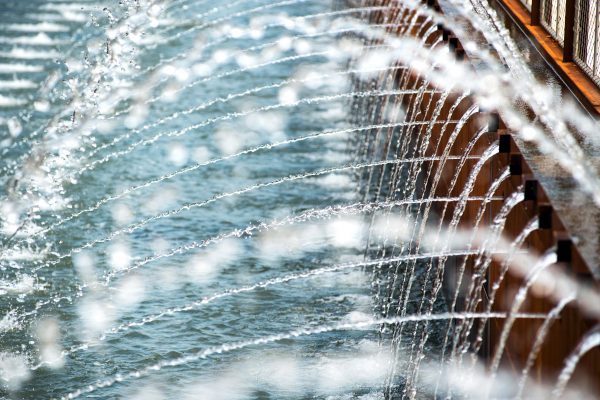The bacteria Legionella naturally exists in aquatic environments such as rivers, ponds, streams and reservoirs. Among the dozens of known species, Legionella pneumophila is considered the most pathogenic for humans, as it can cause a respiratory infection known as Legionnaires’ Disease. The infection is transmitted through inhalation of droplets of contaminated water, and there is no contagion by ingestion or from person to person.
The development of Legionella in artificial water systems is more frequent in cooling systems, hot and cold water supply systems in buildings and climatized water systems. Legionella can also grow in water supply/distribution systems, fire fighting water systems, sprinkler irrigation systems, car washing, gas washing systems and ornamental fountains.
Legionella proliferation depends on several factors, such as water temperature, pH, relative humidity, existence of stagnant areas, existence of biofilm on surfaces in contact with water, existence of oxidized or porous surfaces in contact with water.
Effect of water temperature on the development of Legionella:

- Establishment of the critical points of your installation;
- Installation of systems for chemical or thermal disinfection of water;
- Implementation of measures to prevent bacteria;
- Disinfection of cold and hot water tanks;
- Disinfection of cold and hot water distribution system;
- Water sampling for analysis of Legionella by culture or PCR with accredited laboratory.

– For chemical disinfection of faucets/showers
 Thermometer
Thermometer
– For diary control of temperature and during the thermal disinfection of system
– Range of measuring: -50 a 150ºC
– Resolution: 0,1ºC
– Precision: ± 0,3ºC
– Price: 45,00 € + IVA
 English
English Español
Español Português
Português






